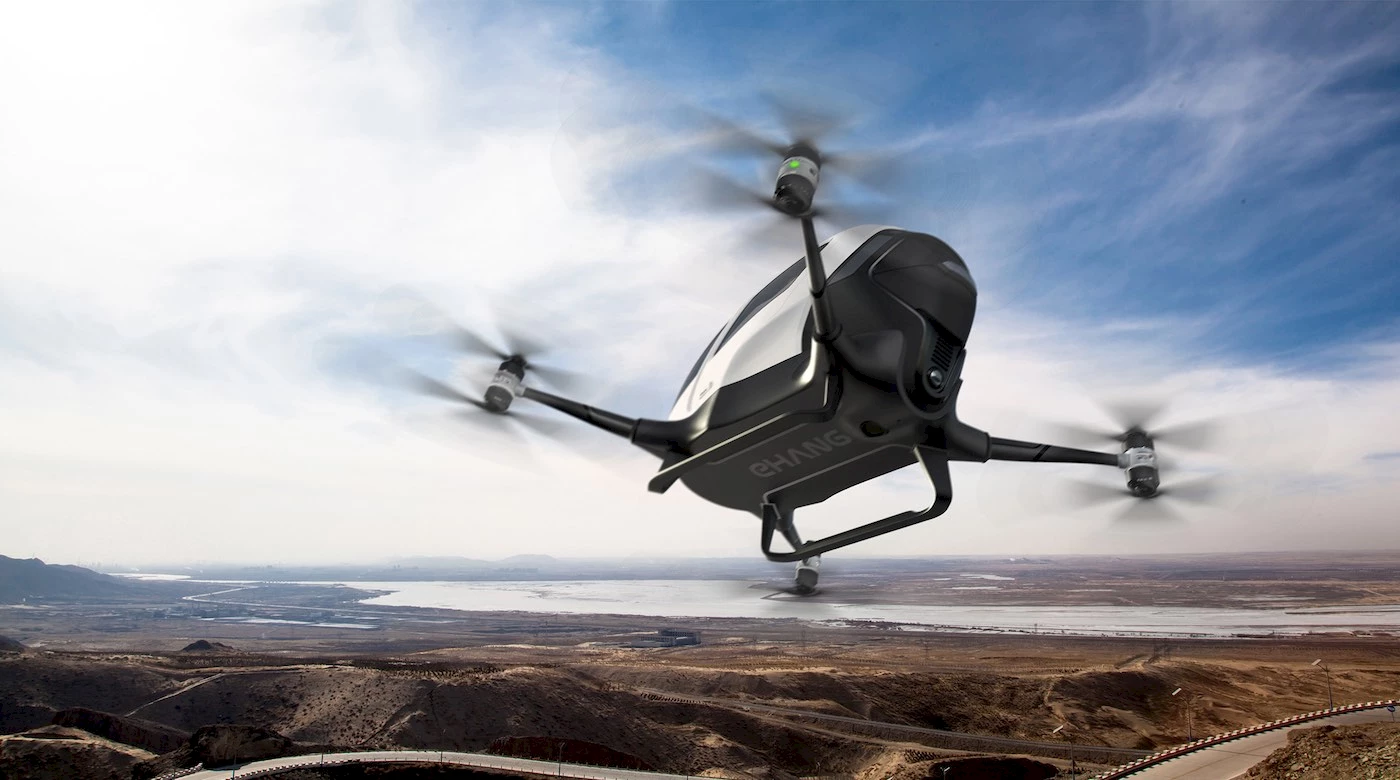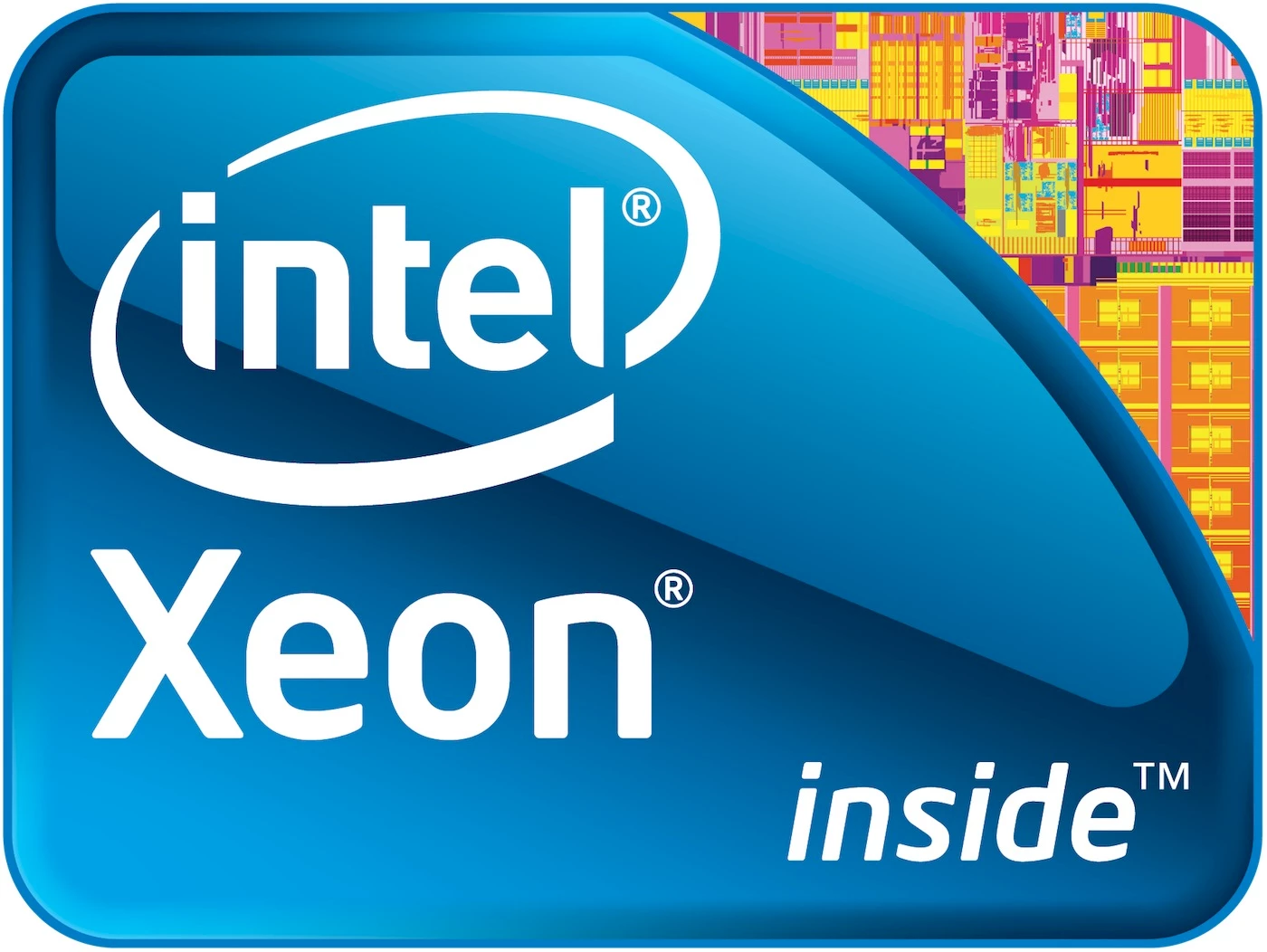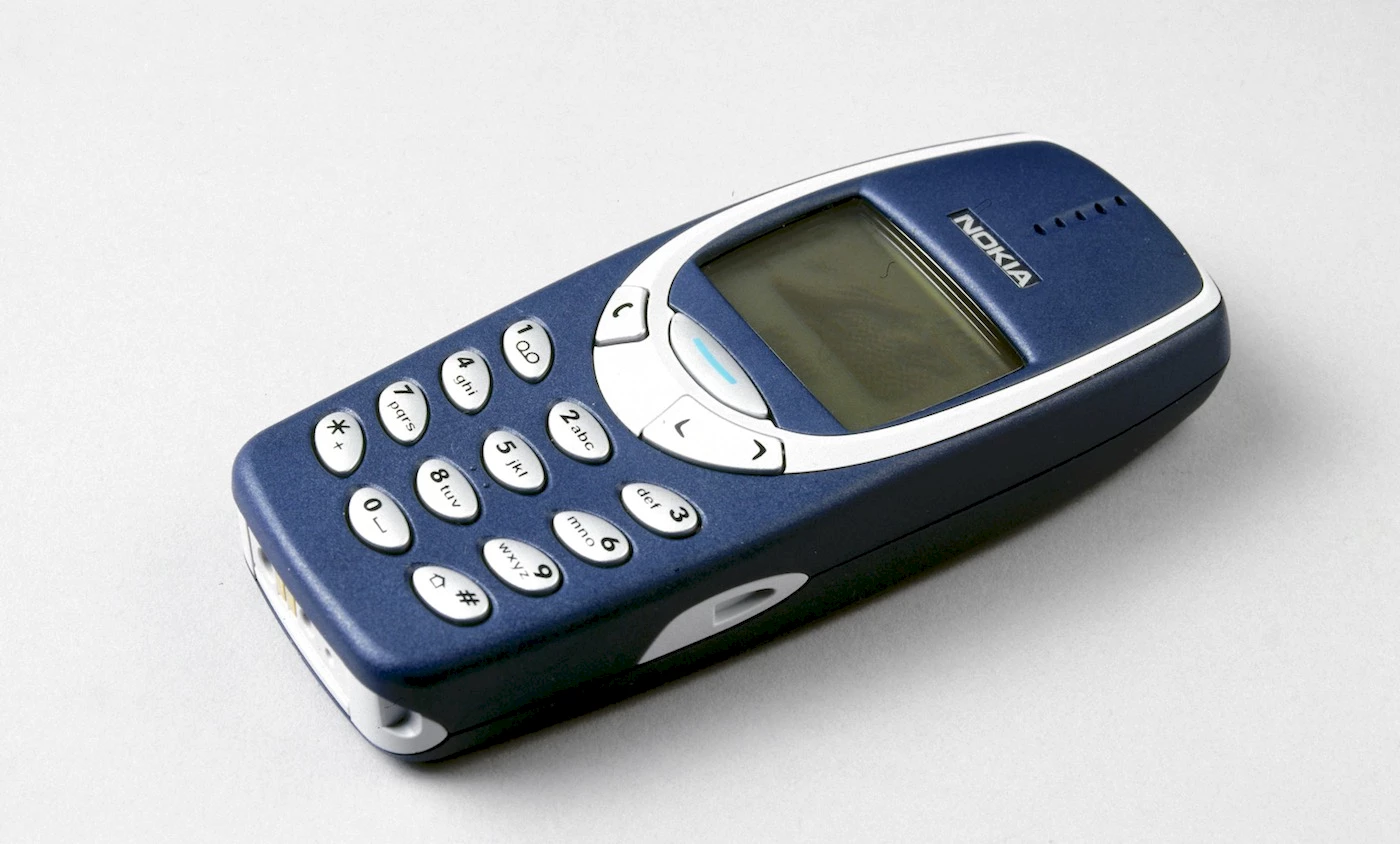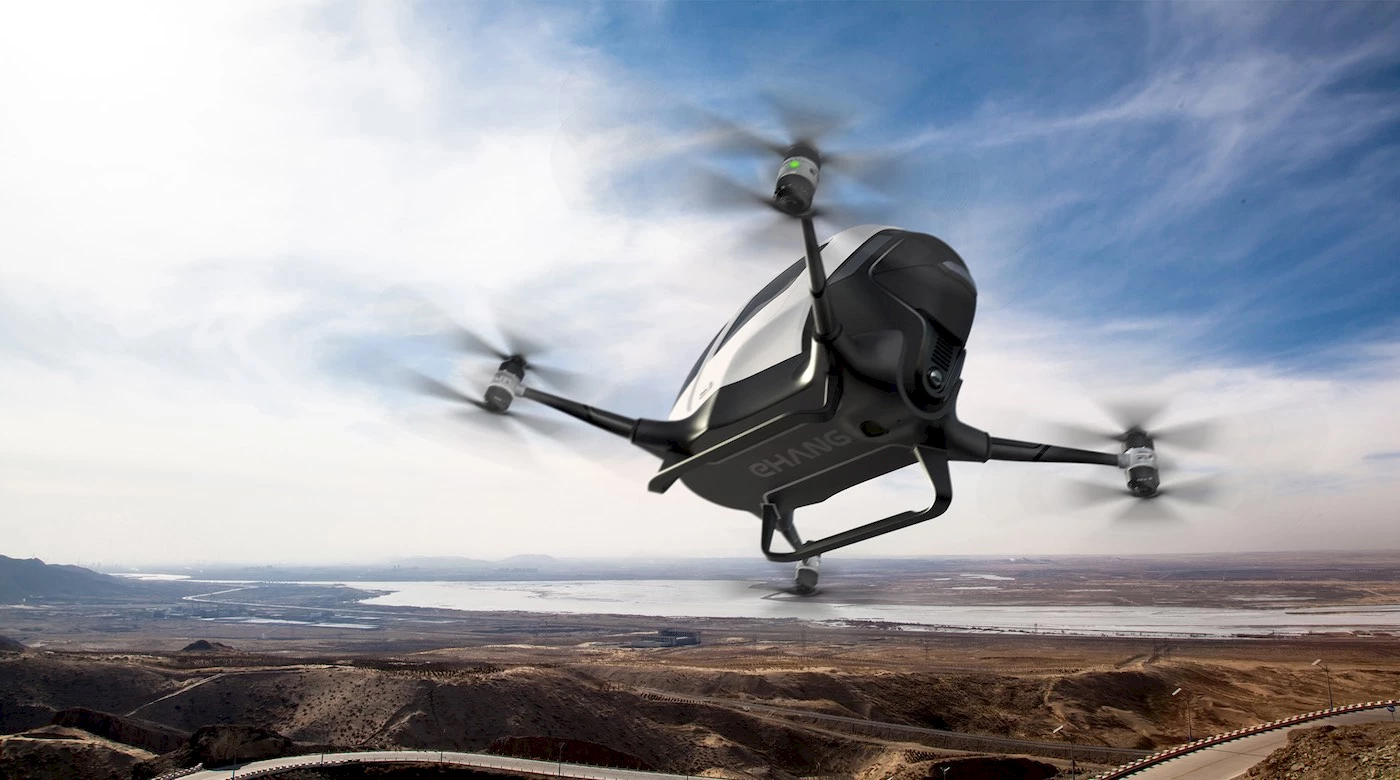Weekly Recap: costly Xeon, new Nokia 3310, adieu Windows Phone, Dubai taxidrones, and more

(Very) high-end processor

Is your server slow? Are calculations endless? Good news: Intel has just unveiled the processor for you! The E7-8894 v4, of the Xeon family, can be yours for US$8,898. You will have guessed that it is meant not for your run-of-the-mill computer, but for servers handling large databases. For the price, you get a 14nm, 24 core processor with 60MB of cache that runs at 2.4GHz. The processor can address nothing less than 24TB of memory (24,000GB). Intel promises record-breaking speed.
⇨ The Verge, Circuit Breaker, “Intel’s new processor costs almost $9,000 and will make your server really fast.”
Nokia 3310 – the remake

The biggest and probably most surprising news at next week’s Mobile World Congress in Barcelona, running from February 27 to March 2, could be the comeback of the unforgettable Nokia 3310. The news would delight Snake II diehards, as well as fans of phones that may not be smart but that are indestructible and just keep on going. HMD Global, the Finnish company that licensed the rights to produce Nokia phones, is rumoured to announce the relaunch of the 3310 at a cost of just €60 (CA$85). Other Nokia models of a modern but admittedly boring design should also be unveiled, with Android Nougat, color touchscreen, camera, Snapdragon 430, but no Snake II.
⇨ The Verge, Circuit Breaker, “Nokia’s legendary 3310 rumored to return at MWC.”
Android and iOS, the competitive juggernaut

Photo © iStock/Filadendron.
Would you believe that 99.6 per cent of all new smartphones now run on either Android or iOS? Windows and BlackBerry are close to complete and utter extinction. According to Gartner, 1.1 million Windows smartphones were sold in the fourth quarter of 2016, or 4.4 million less than in the same period in 2015. Apple has once again overtaken Samsung, with 77 million iPhones sold in Q4, compared to 76.8 million devices sold by the Korean company. Huawei came in third, with 40.8 million units sold during the same period. Samsung delivered the most smartphones overall in 2016, but its market share fell from 22.5 to 20.5 per cent. The global smartphone market grew by less than 5% in 2016, going from 1.42 to 1.5 billion units.
⇨ Ars Technica, “99.6% of new smartphones run iOS or Android; RIP Windows and Blackberry.”
⇨ Gartner, “Fierce Battle Between Apple and Samsung to Hold the No. 1 Global Smartphone Ranking.”
Taxidrones in Dubai

Drone EHang 184. Photo © EHang.
The Roads and Transport Authority of the City of Dubai has just announced a plan to introduce an autonomous flying taxi service by next July. The EHang 184, an electric drone built in China, will carry passengers between helipads. Each drone weighs 240kg and can carry up to 100kg, i.e. one person plus one piece of luggage, at a cruising speed of 60 to 100km/h, over about 50km. In Dubai, taxidrones will be operated and controlled remotely from a “command centre”. The service would provide flights over a 40 to 50-km radius. No further details are available for the time being.
⇨ Mashable, “Dubai might get autonomous flying taxis as early as this summer.”
⇨ EHang, “EHang Partners with Dubai RTA to Boost Smart Transport.”
A fowl invention
This week, Agility Robotics unveiled Cassie, a bipedal robot that walks like a chicken. Cassie’s design mimics animal morphology, with a hip joint with three degrees of freedom and flexible ankle joints, giving it better stability than previous designs. The advantage of walking robots is that they can go where rolling ones can’t. Even so, the resulting gait is decidedly creepy. Happily, Cassie’s roll-out, er, step-out, is still some ways down the line.
⇨ Mashable, “This creepy robot walks like a chicken and could someday deliver your groceries.”
